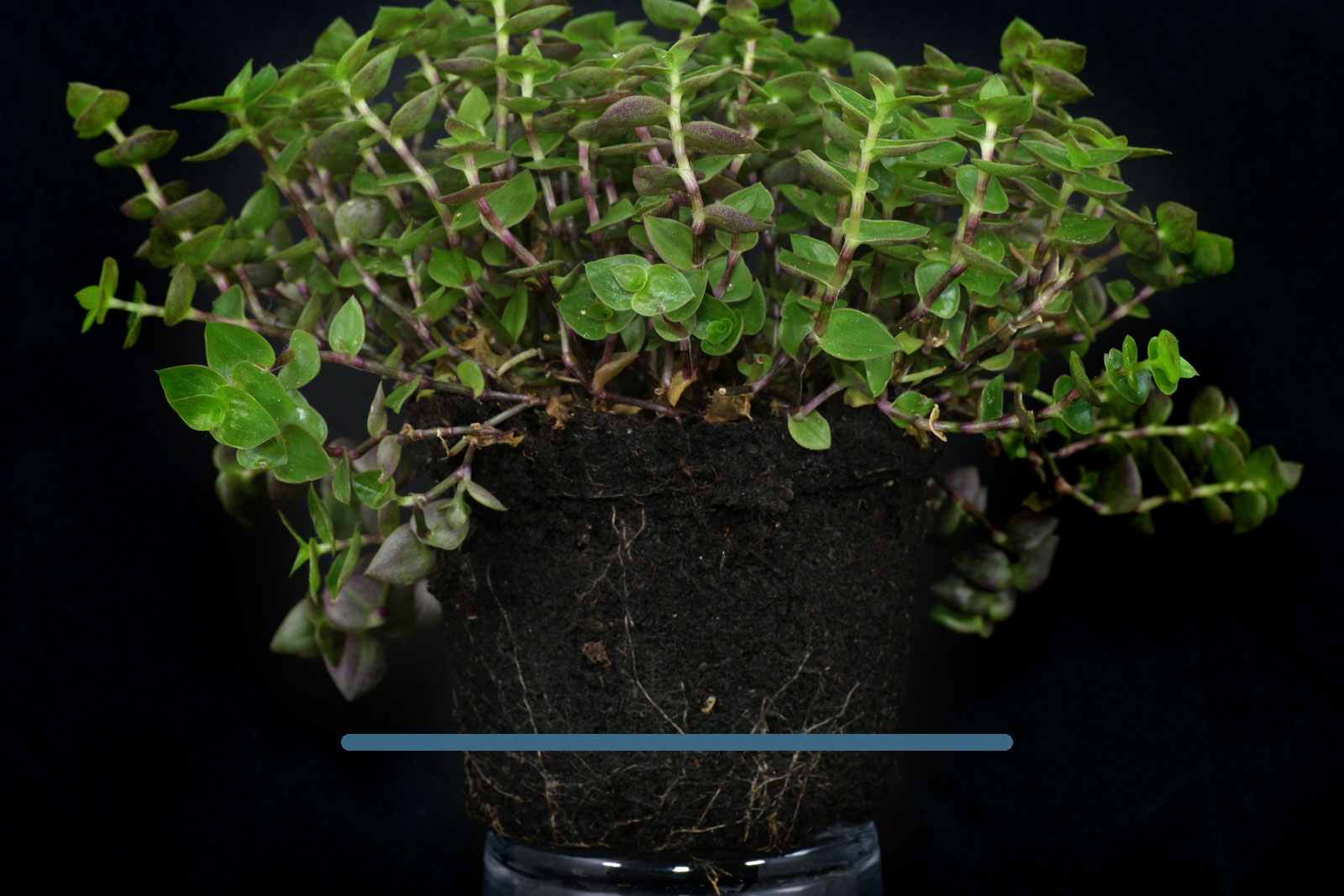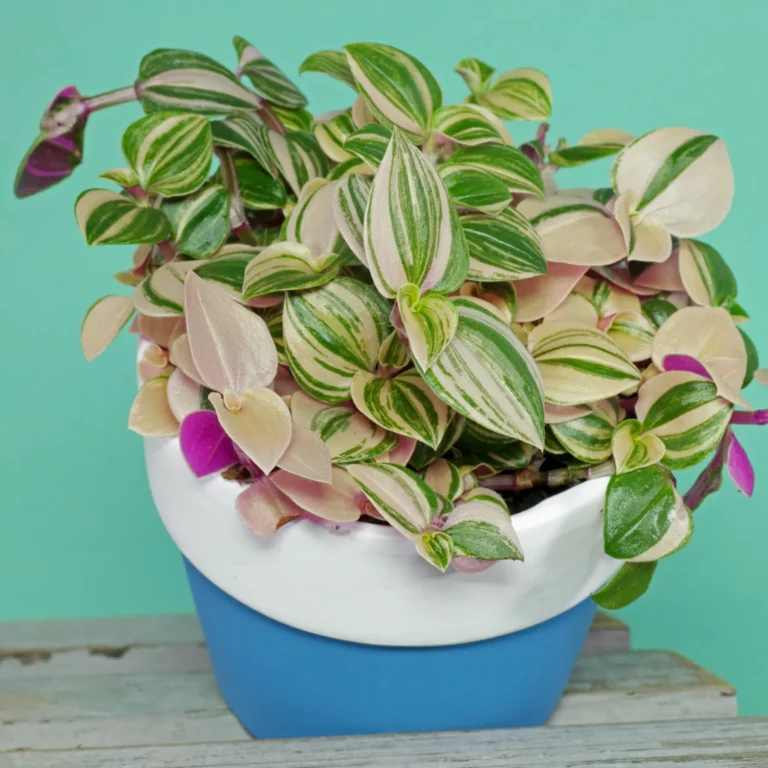Turtle Vine, Creeping Inchplant

Care
Lighting
Turtle Vine grows grows well in partial sun to partial shade. If the pot is placed at least 50 centimetres behind the window hot summer sun will be tolerated.
During summer a spot in the garden or on the balcony is welcome. There it has to be slowly accustomed to the sun, which is no longer filtered through a window.
Soil
Regular mixes for container plants, cacti and succulents, herbs and vegetables can be used.
If leaves and shoots are to be fed to turtles or birds, I would use a vegetable or herbal soil. These mixes contain organic fertilizers.

Watering
Allow the soil to nearly dry between the waterings. Water sparingly if placed cool to temperate during winter. Avoid overwatering. Drying out for a short time will be tolerated.
Feeding
Every 4th to 8th week if Callisia repens is in active growth. Feed with liquid organic fertilizer. A new bought or recently repotted plant don’t need to be fed for the first year.
Temperature
Turtle Vine likes it warm the year round, but can also be kept temperate or cool during winter, at 10 to 15 °C (50 to 59 °F). The colder it is placed, the less watering is required. Minimum temperature is 5 °C (41 °F).
Propagation
Cuttings root at 20 to 25 °C in 2 to 4 weeks.

Profile
Scientific name
Callisia repens
Common name(s)
Turtle Vine, Creeping Inchplant, Chain Plant
Family
Commelinaceae
Origin
Texas to Argentina
Height
Shoots can reach up to one meter in length.
Toxic
No. Can be fed to rodents, reptiles, birds and cats.


